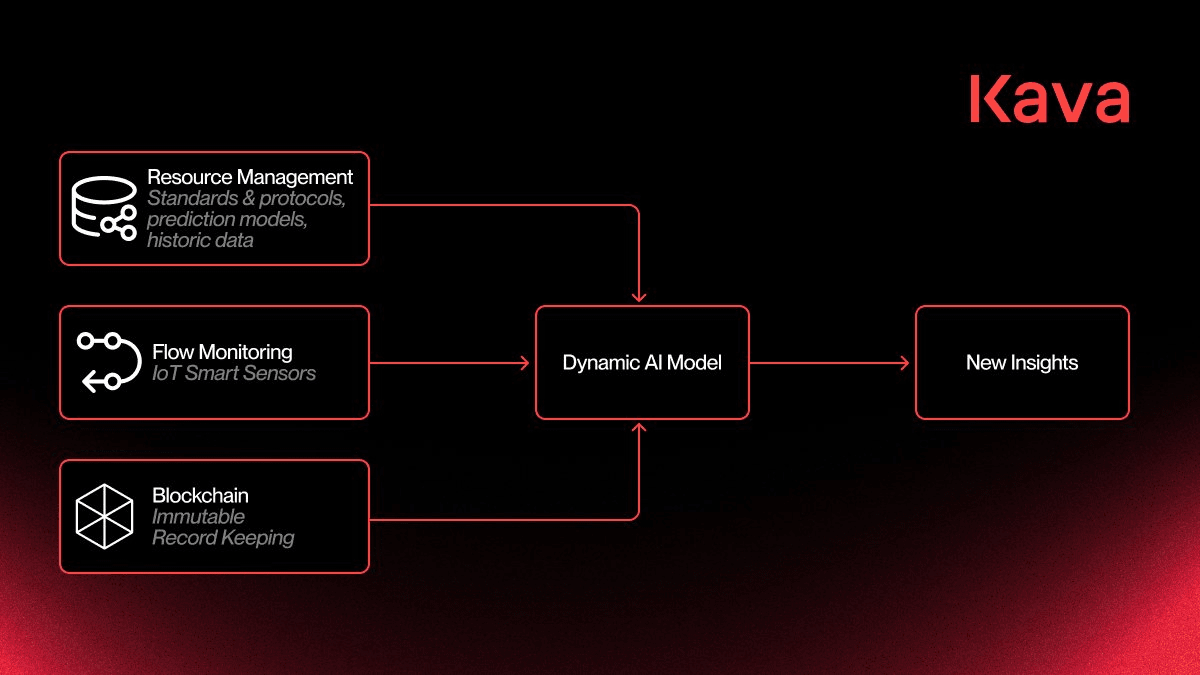The economic model of @kava centers on $KAVA , balancing network security, governance, and ecosystem incentives. By staking tokens, validators ensure network stability and participate in voting, but the current incentives primarily rely on new token issuance. In the short term, this brings active users and inflows of funds, but in the long term, it may lead to inflationary pressure, reducing token value.
Lending and stablecoin services provide an economic base, but transaction fees and reward subsidies dominate revenue. Once incentives decline, ecosystem activity and asset scale may quickly drop. Activities like KavaBNBChainSummer increase exposure and short-term participation, but if developer retention and the number of native applications do not improve simultaneously, the quality of growth is difficult to ensure.
In terms of governance, validator concentration and low voting participation may allow a few interest groups to manipulate protocol parameters, leading to pro-cyclical risks or policy arbitrage. Transparency and data disclosure still need to be strengthened so that external participants can better assess the true value of $KAVA .
Technically, the dual-chain architecture provides the potential for cross-chain interoperability, but there are still risks of adaptation costs and complexity. Switching between EVM and Cosmos may affect efficiency and increase maintenance burdens. Ecosystem sustainability depends on whether Kava can convert campaign-driven growth into native revenue and application retention.
Overall, Kava must resonate in terms of technical reliability, decentralized governance, and sustainable incentives to transition from short-term hype to long-term ecological sedimentation. #KavaBNBChainSummer is both an opportunity and a test, determining whether $KAVA can achieve true structural value growth. #KavaBNBChainSummer

Kava’s economic model centers on KAVA, balancing network security, governance, and ecosystem incentives. Staking tokens allows validators to secure the network and vote, but the current incentive model relies heavily on new token issuance. While this attracts users and funds in the short term, it may create inflationary pressure, reducing token value in the long term.
Lending and stablecoin services provide an economic base, but transaction fees and reward subsidies dominate revenue. Once incentives decline, ecosystem activity and asset scale may quickly drop. Marketing campaigns like KavaBNBChainSummer boost exposure and participation temporarily, but without improved developer retention and native application growth, the quality of growth is uncertain.
Governance concentration and low voting participation can allow a few stakeholders to manipulate protocol parameters, creating pro-cyclical risks or policy arbitrage. Transparency and data disclosure need improvement to clarify KAVA’s real value to participants.
Technically, the dual-chain architecture offers cross-chain interoperability but introduces adaptation costs and complexity. Switching between EVM and Cosmos can affect efficiency and increase maintenance burdens. Ecosystem sustainability depends on converting campaign-driven growth into native revenue and application retention.
Overall, Kava must align technical reliability, decentralized governance, and sustainable incentives to move from short-term hype to long-term ecosystem maturity. KavaBNBChainSummer is both an opportunity and a test for KAVA’s structural value growth.




